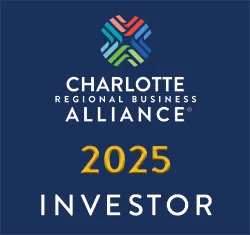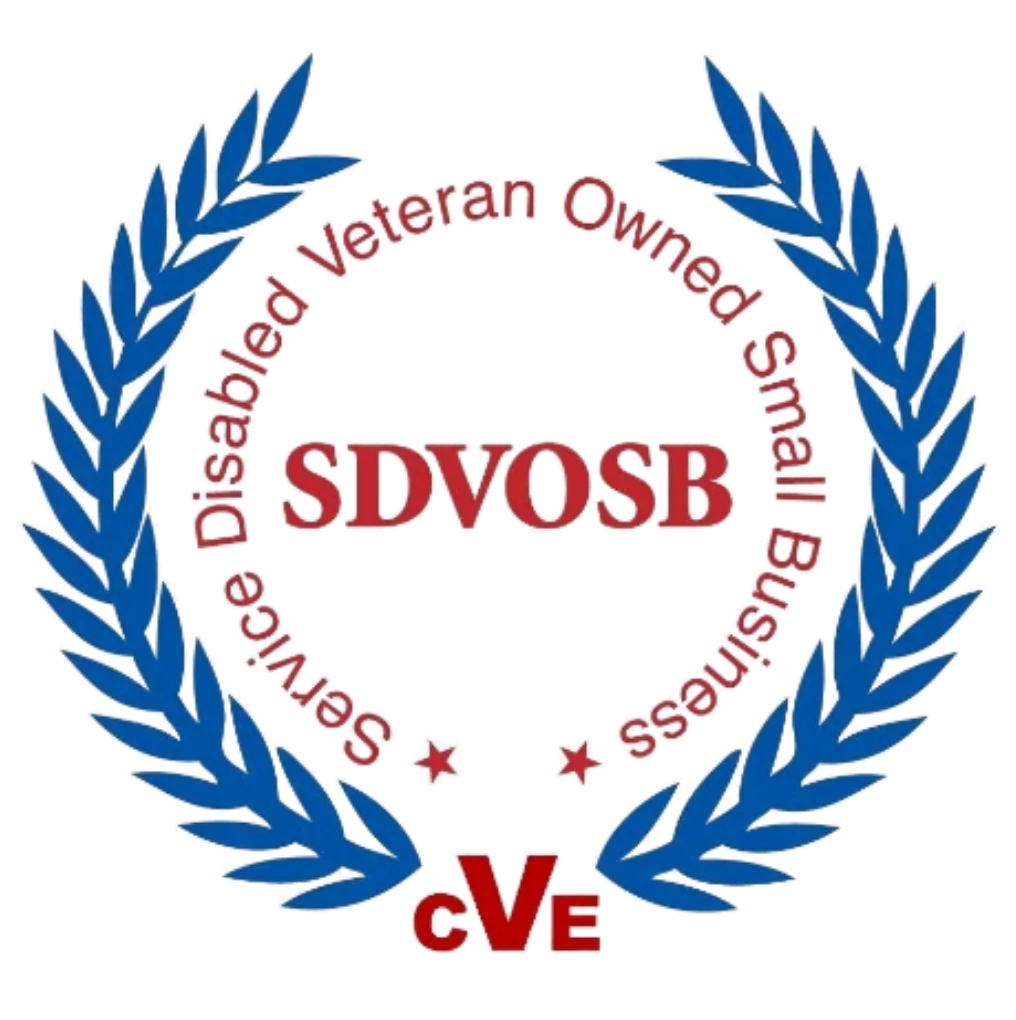CONNECT WITH US
Thank you! Your submission has been received!
Oops! Something went wrong while submitting the form.

Successful organizations will effectively combine both building and buying high-demand skills. Combining internal data and external labor. Also, market data allows you to optimize your team.

Fragmented support systems lead to inefficiencies, Inconsistent customer experiences, and increased operational costs. This case study explores how consolidating multiple support channels into a centralized help desk which will significant
Get access to our document.

Many small business leaders assume help desks are a “big company” luxury—complex, expensive, and unnecessary at their scale. But in reality...
Get access to our document.

Government and public services organizations are seeking to unlock the true potential and resiliency of their diverse suppliers. Mission ready agencies strive to deliver value to the public more efficiently and effectively...
Get access to our document.
For additional case studies and insights into how Miles Enterprise Solutions can drive value for your business or browse through our resources.
Explore More



